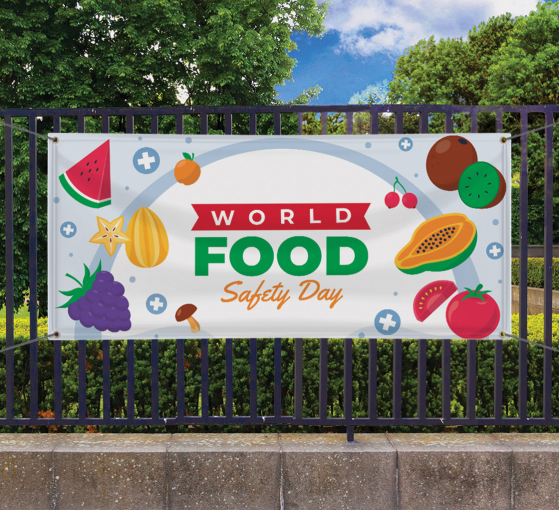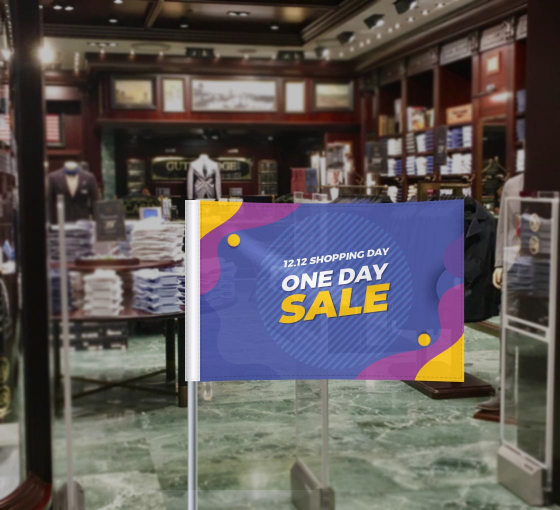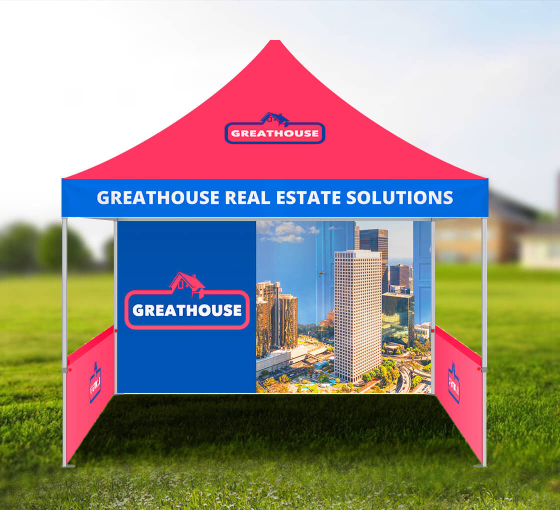A successful business is not just about having a great product or service but how you can promote those services to your target customers. Marketing holds a major driving force, and in today’s fast-paced world, it all ends with visuals. What catches the sight catches the mind!
Approximately 80% of marketers use visuals to promote their products. So, if you’re looking for a cost-effective and visually appealing method to enhance your sales revenue and stand out from the competition, window decals, and signage solutions are the perfect option.
There are mainly two types of visuals used in business. Window decals are images or graphics that are used as stickers inside or outside windows, doors, etc., used mainly for marketing and promotion. On the other hand, traditional signage is banners and boards advertising where the image or text is printed on a banner for marketing.
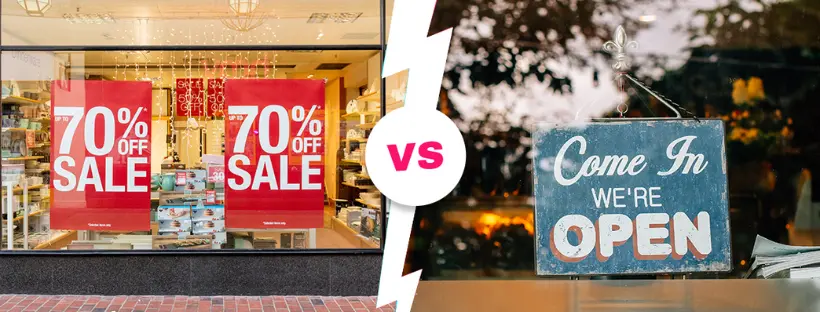
Nonetheless, when presented with numerous options, including both unique window decal variations and traditional signage, the process of choosing for your business may represent a significant dilemma–The best option is one that aligns with your objectives and requirements. Rest assured, we will methodically dig into the domain of window signage kinds in this article, revealing their potential to assist your business considerably.
Exploring Window Decals
Window decals are huge graphic decals that may be left on your windows for an extended period. These window signs for business may be put on the interior or outside the glass since vinyl is a lasting substance.
Types of Window Decals
Window decals come in a variety of forms that are used for different motives and purposes. The most common ones are Clear decals, Opaque decals, Perforated decals, Frosted decals, and Vinyl decals. They mainly differ because of the material used in the formation like perforated decals contain holes and opaque decals do not let light pass through them. Below are some of the best window decal types used in businesses:
Clear decals:
The design is printed on a fully transparent vinyl sheet, so there is no apparent backdrop, and the window stays entirely see-through. Clear printed materials are also used as glass window signs and have varied degrees of adhesive strength, ranging from ultra-removable to permanent.
Pros:
- Provide optimum visibility from both sides of the window.
- Sleek and professional appearance, making them great for branding and marketing.
- It leaves no adhesive residue and offers simple installation.
Cons:
- Because they are see-through, they provide little privacy.
- In extreme weather conditions, clear decals may be less durable.
Uses:
- Storefront Branding
- Vehicle Decals
- Home Decor
Opaque decals:
Opaque window decals are self-adhesive decals that may be applied to any window, glass door, or flat surface. These window cling signs for businesses may be created in almost any size and do not need expert installation.
Pros:
- Provide full coverage for the view through the glass, offering perfect seclusion.
- With bright colors, they are perfect for catching the user’s attention.
Cons:
- They need more visibility since they obstruct all vision, making them unsuitable for stores or offices.
- Opaque decals are often designed as static window clings for long-term usage and may be difficult to remove.
Uses:
- Advertisement
- Event Promotion
- Marketing
Perforated decals:
A perforated window decal is a printed image or design perforated and adhered to vinyl material. These decals are one-way vision signs and thus are widely used as store or office window signs. This is so that you can see outside the window inside your business but not inside when approaching it.
Pros:
- One-way visibility allows people inside to look out while those outside view the printed pattern.
- Perfect for stores, advertising, and privacy.
- Durable and resistant to outdoor elements.
Cons:
- When the decal covers a large window area, vision from the inside is reduced.
Use:
- Perforated window decals are often used for advertising while retaining visibility on car windows, shops, and business windows.
Frosted decals
Frosted decals are also used as large window decals for business where the design is printed on a frosted sheet; sheets may be perforated or opaque, and part or all of the sheet can be frosted.
Frosted glass film is a simple-to-install window film that is great as window film advertising and also offers privacy by giving the glass the appearance of acid-etched or sandblasted glazing, which helps block visibility from either window side.
Pros:
- Great privacy as they block away the outside view while allowing light to flow through.
- Feature an attractive, etched glass look that adds to the beauty of windows.
- For further personalization, frosted decals may be carved into detailed shapes, patterns, or brand logos.
Cons:
- It can have reduced visibility, making it difficult to see from both sides of the window.
- Frosted decals are often more challenging to remove than clear decals.
Uses:
- Office Partitions
- Home Privacy
- Branding
Vinyl decals:
Vinyl window decals are vinyl adhesive labels or graphics meant to be put on glass surfaces, notably windows. These commercial window stickers are easy to apply and may be placed by anybody with basic DIY abilities.
Pros:
- They are very durable and weather-resistant, making them ideal for outdoor usage.
- They attach nicely to various surfaces, including glass, metal, and plastic.
- Vinyl decals may be customized into complicated forms and motifs.
- Offer longevity and durability than paper or plastic decals.
Cons:
- Offer limited transparency than clear decals.
- It may leave adhesive residue when removed.
Uses:
- Vehicle Graphics
- Outdoor Signage
- Product Labelling
Understanding Traditional Decals
Traditional signages are physical sign boards such as posters or banners used in various venues to show brand messages and adverts. They are public or business display signs that cannot be altered. It is sometimes referred to as static signage since the material shown is usually limited to static forms such as text and graphics. Traditional signage conveys information or messages using static, non-dynamic graphics and text. It can take several forms, such as:
- Banners and flags: Fabric or vinyl banners and flags can be used for temporary or portable signage. They are frequently utilized for special events, promotions, or advertising.
- Dimensional Signs: These signs are made of different materials to produce three-dimensional effects. They can be produced from individual letters or logos put on a backdrop or as a whole 3D structure.
- Billboards: Large-scale signs that are posted along highways, roadsides, or in metropolitan areas for advertising reasons. They are usually made up of printed or painted graphics and text.
- Carved signs: These are created by cutting or engraving materials like wood, stone, or metal to produce raised or recessed letters and artwork.
Pros:
Personalization: Traditional signages provide you with a great deal of creative versatility. Create decals with your favorite patterns or photos, making them an excellent alternative for personalizing your goods, whether a car, laptop, or home décor item.
Affordability: Compared to other decorating or branding approaches, they are less expensive. You can seem professional and visually pleasant without breaking the budget.
Ease of Application: Traditional decals are simple to apply. A clean surface, some time, and most decals with detailed application instructions are all it takes to get a finished effect.
Cons:
Impermanence: Because of their fundamental nature, traditional decals are less durable than other decorating techniques, such as paint or etching. They may fade, peel, or experience damage over time, especially if exposed to harsh weather or considerable wear and tear.
Texture: Traditional decals are often flat and lack the tactile or three-dimensional qualities that other decorating methods may provide. This constraint may be inconvenient for surfaces that need such textural depth.
Surface Compatibility: Adherence on some surfaces, especially rough or strongly curved materials, may be difficult. Effective application requires thorough surface preparation.
Finally, what works best for your company?
Your specific marketing and branding goals will strongly affect your decision between business windows and traditional decals. Consider the following elements:
- Business window decals are an excellent alternative for increasing shop exposure and creating a professional image.
- Conversely, if temporary solutions for events or promotions are necessary, traditional signages provide adaptability beyond window application. They are huge and can attract customers regarding sales or new arrivals.
- Consider your budget, projected use length, and the variety of surfaces you wish to beautify before deciding.
Finally, the “better” alternative is determined by your unique company objectives and the message you want to send. Engaging a graphic designer or signs expert who can provide customized advice that aligns with your goals and budget is best.

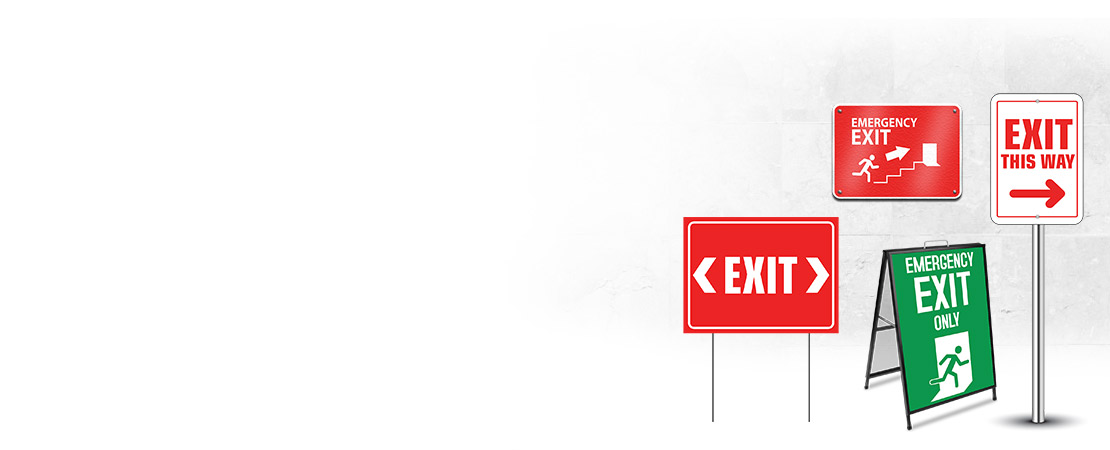






































 Posted in
Posted in 







